ITALIAN BANGLE
Gold Jewellery rose (20.504 gram) - BAN18/68
₹2,69,496 Incl. GST
| By Metal Type |
gold |
|---|---|
| Ocassions |
Daily Wear ,Engagement ,Gifting ,Marriage ,Office Wear ,Party Wear |
| Gender |
female |
| Collections |
Gold Jewellery |
| Categories |
Bangles ,FANCY ,Ladies Ring |
| Metal Purity |
18 KT |
| Metal Weight |
10-20 g |
| Diamond Weight |
1 in stock
Expected Shipping within 5 - 10 days
Not sure, what to buy? Happy to help you.
Call Us 919817975973
SKU:
BAN18/68
Categories: Bangles, FANCY, Ladies Ring
Tags: ADJUSTABLE, COMFERTABLE, DAILY USEABLE, SOLID, ZIRCON
Breakup
Product Details
Product Code
BAN18/68
Metal Details
Gross WT (Approx).
21.550 gram
Metal Color
rose
Gold
20.504 gram -
18 KT
Price Breakup
metal
₹ 230801
Making
₹ 30756
Extra charges
₹ 90
tax
₹ 7849
Total
₹ 269496
Be the first to review “ITALIAN BANGLE”
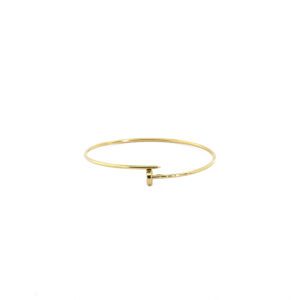
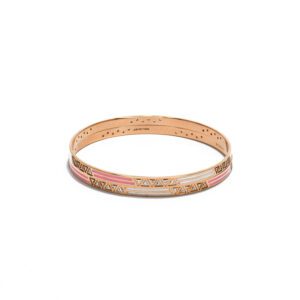
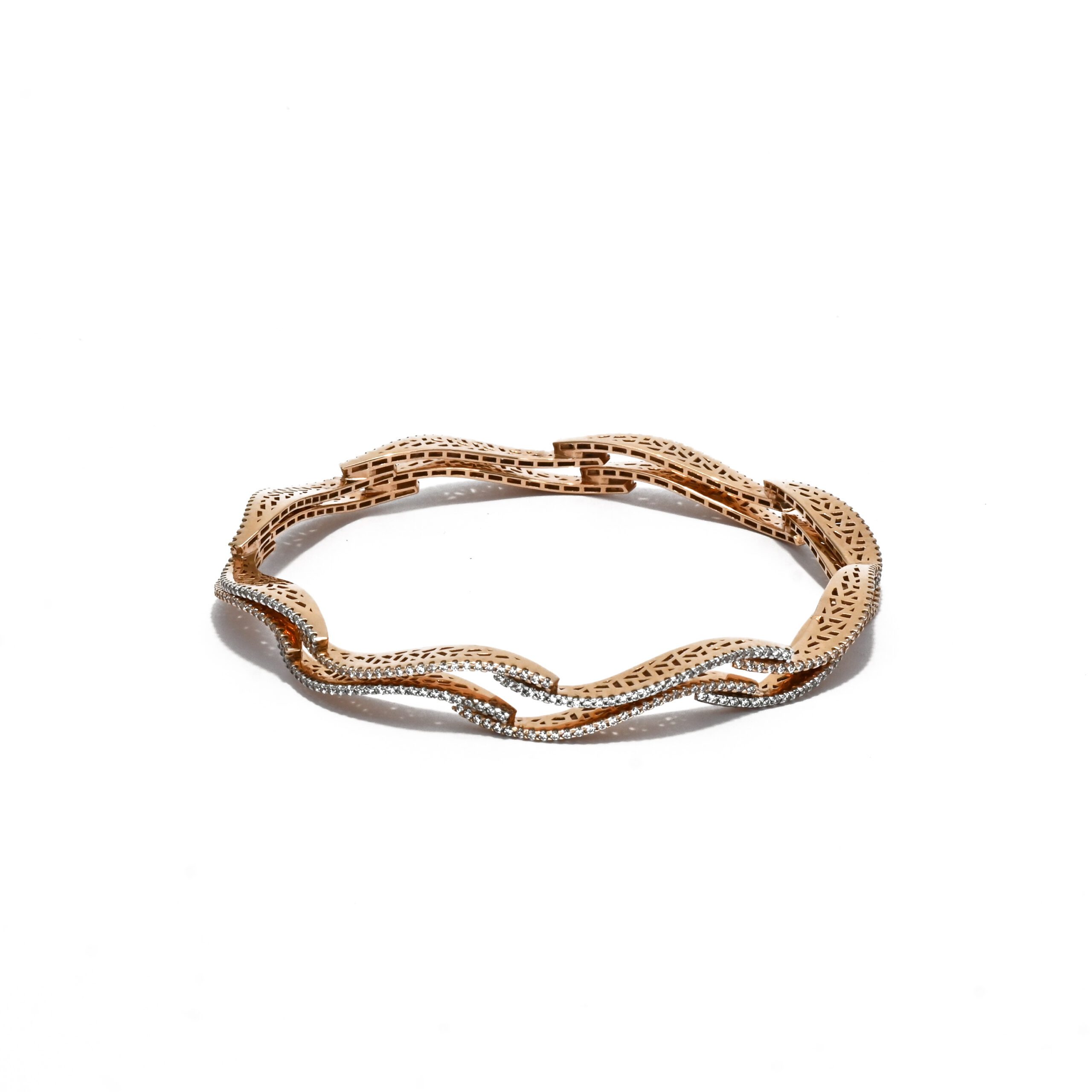
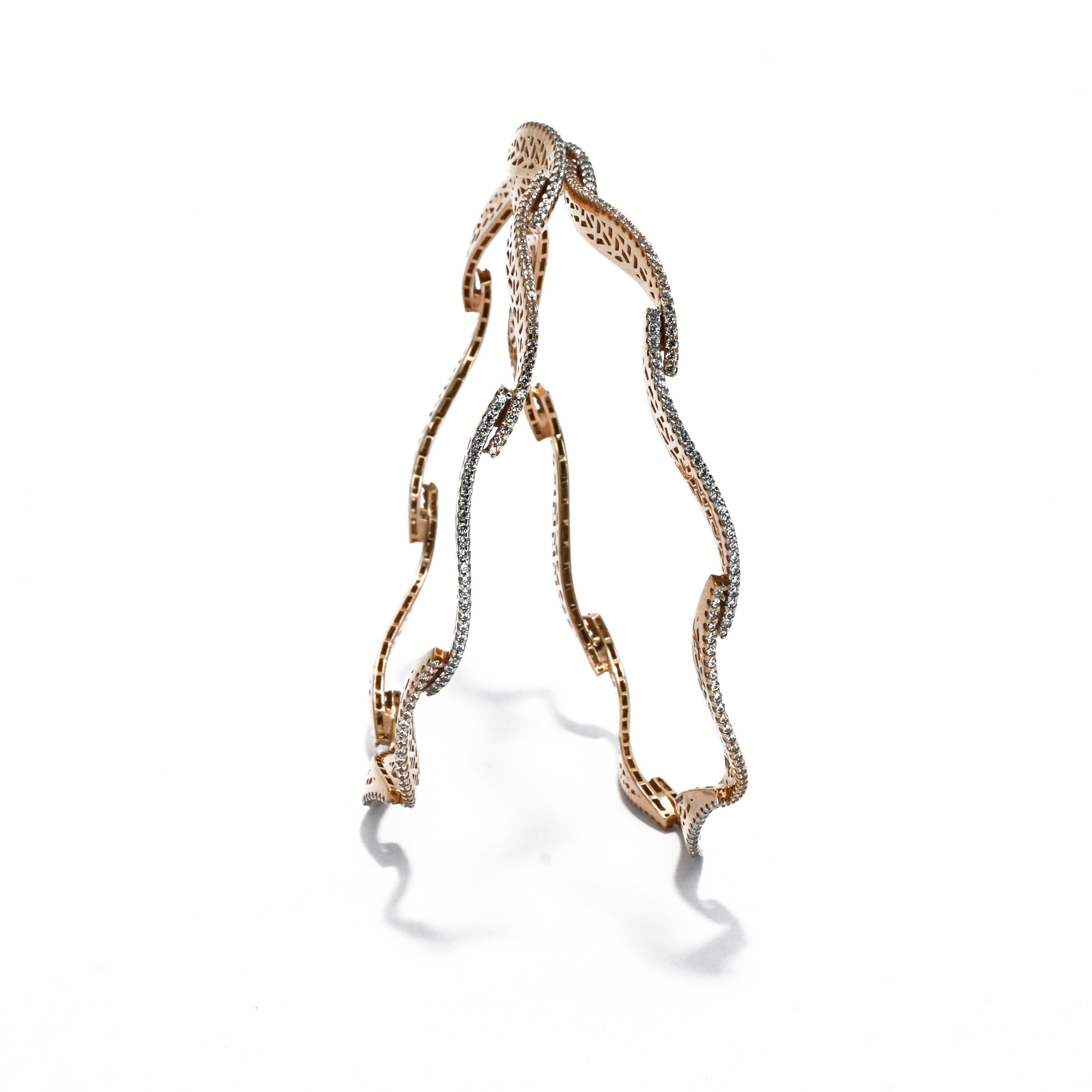
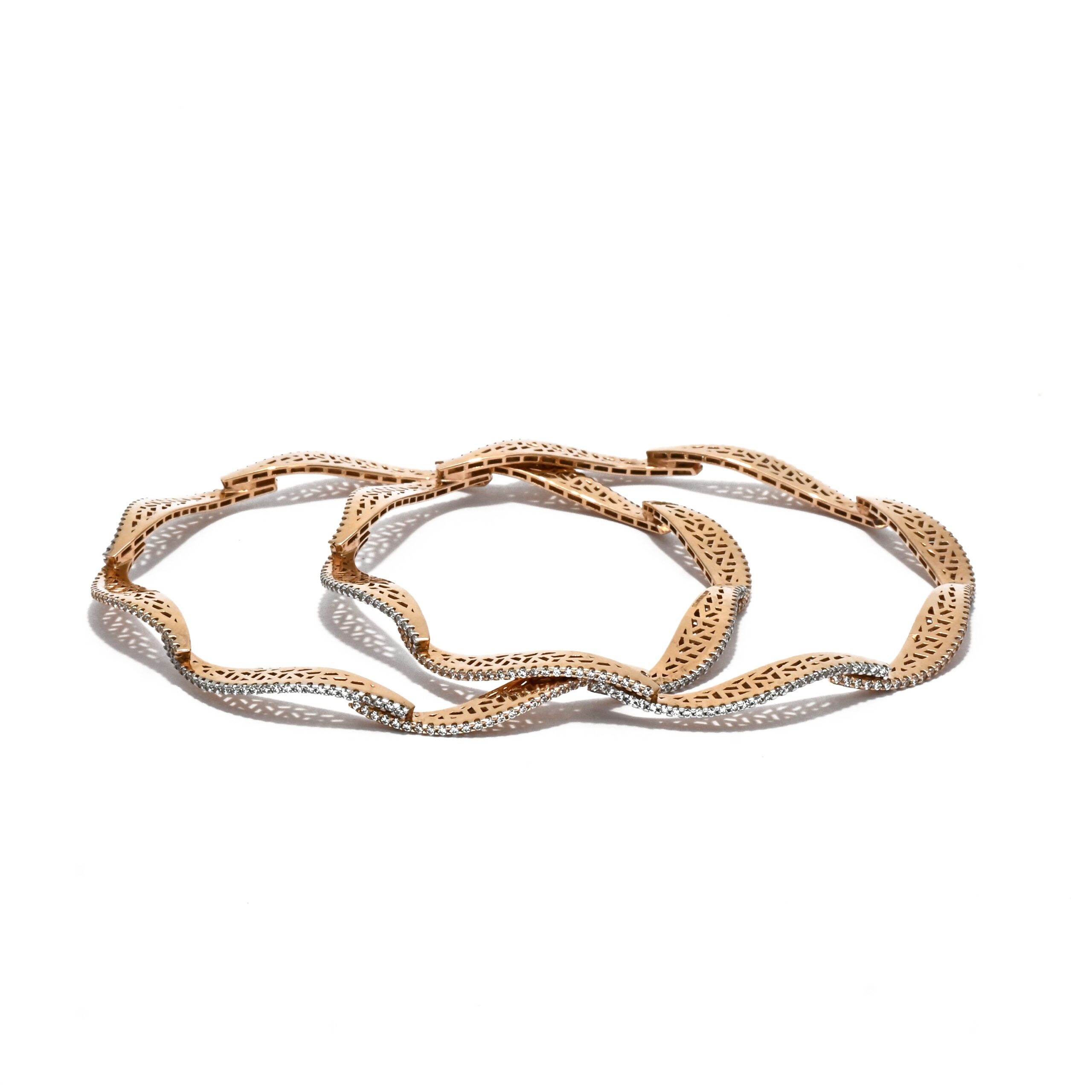
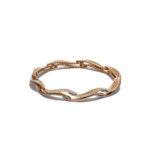
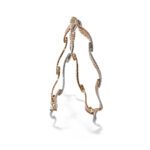
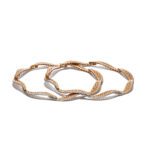
 100% Hallmarked Jewellery
100% Hallmarked Jewellery Trust of FCBL
Trust of FCBL Certified Diamond Jewellery
Certified Diamond Jewellery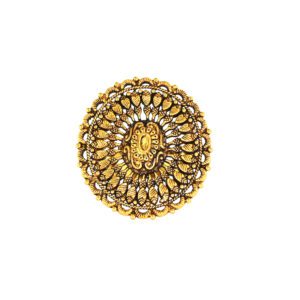
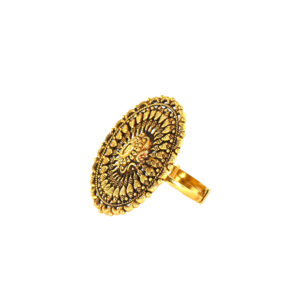
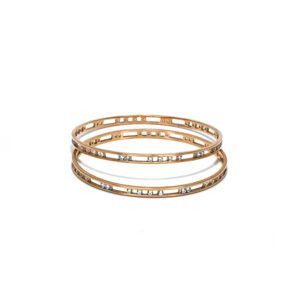
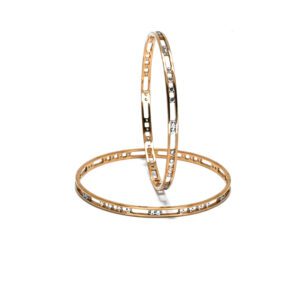
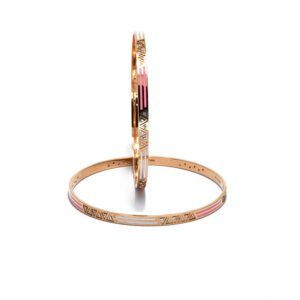
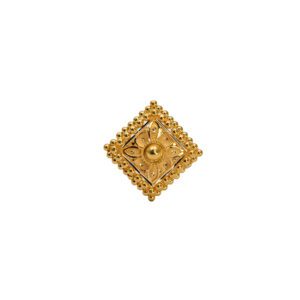
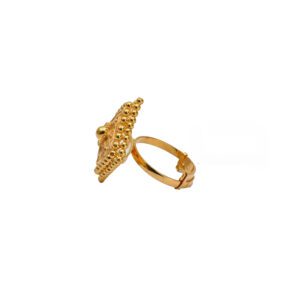
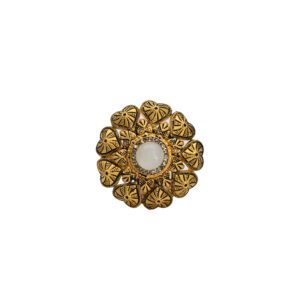
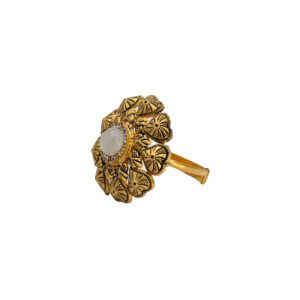
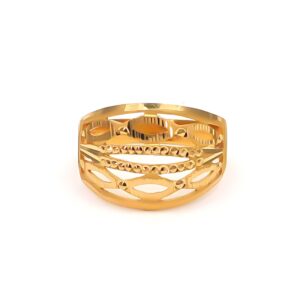
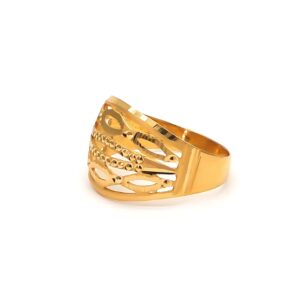
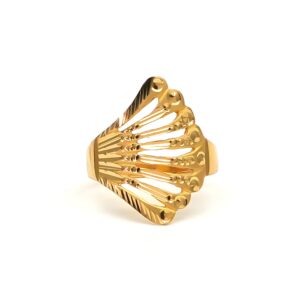
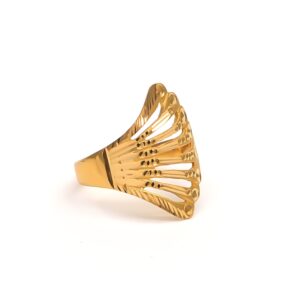
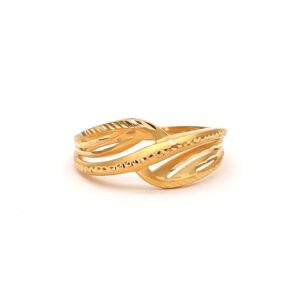
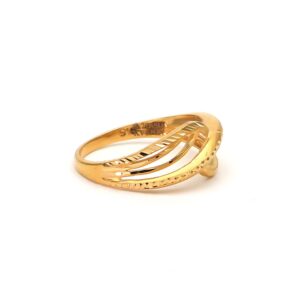
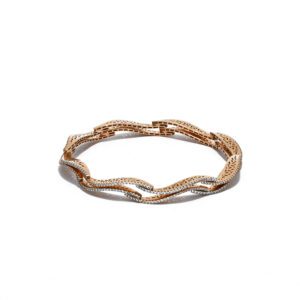
Reviews
There are no reviews yet.